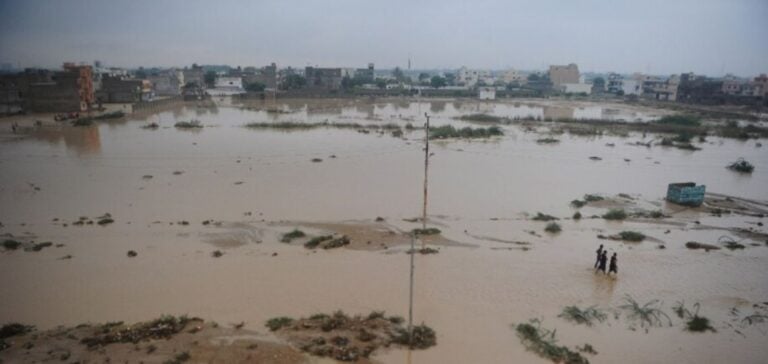The Da Afghanistan Breshna Sherkat (DABS) power company reports that recent rains have increased hydroelectric output by 1.360 megawatts in 24 hours at the Naghlu, Sarubi, and Mahipar dams. These facilities are essential to the Afghan power grid, with Naghlu located 40 kilometers east of Kabul in the Surobi district and having a capacity of 100 megawatts, Mahipar near Kabul having one out of three operational turbines, producing 19 megawatts, and Sarubi having a capacity of 180 megawatts.
Devastating impact of bad weather
Since April 12, 20 of Afghanistan’s 34 provinces have been experiencing flooding and flash flooding due to the rains, leading to serious incidents such as roof collapses. The provinces hardest hit include Kabul, Farah, Herat, Kandahar, and Zabul. The consequences of these extreme weather conditions include 33 deaths, 27 injuries, and around 1,000 families affected.
Structural damage and crisis response
Reports indicate that 600 homes have been damaged, many completely destroyed, exacerbating the crisis situation for many communities. Relief efforts are mobilized to assist affected families and begin reconstruction work.
Electricity import dependency and economic challenges
Afghanistan relies heavily on imported electricity, purchasing over 670 megawatts from neighboring countries such as Iran, Tajikistan, Turkmenistan and Uzbekistan, costing the country between $250 and $280 million annually. The recent increase in local hydroelectric capacity offers temporary respite from this costly dependency.
While the recent rains offer temporary relief for Afghanistan’s energy production, they also expose the country’s vulnerability to natural disasters, accentuating the urgent need to strengthen infrastructure and emergency preparedness measures.






















